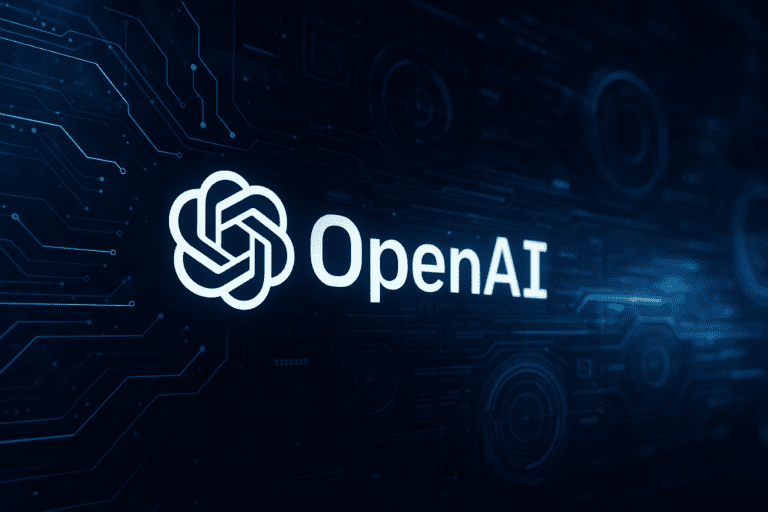OpenAI’s Transformative Shift: From Algorithms to Infrastructure
Artificial Intelligence (AI) is currently facing a pivotal moment as companies dive into innovative strategies to secure their future. A recent shift in focus towards developing AI infrastructure indicates a significant evolution in how AI can advance. This move, backed by a potential partnership with NVIDIA worth up to $100 billion, underscores a crucial reality: the future of AI isn’t solely about superior algorithms but rather about who controls the necessary computing resources.
Understanding the Implications
MD Wasim Ahmed has pointed out that OpenAI is expanding its Stargate project well beyond mere data center construction. This evolution signifies a profound change in the AI landscape, indicating that securing robust physical infrastructures is now essential for AI advancement.
The Shift from Software to Hardware
Traditionally, breakthroughs in AI have been driven by software innovations such as GPT-4 or Gemini. However, as the complexity and size of AI models have increased, a new bottleneck has emerged: hardware limitations. The most sophisticated AI capabilities require advanced chips, reaffirming that OpenAI is transitioning from being just a software-focused enterprise to a major player in hardware infrastructure.
Urgency in AI Infrastructure Development
Reports from Reuters suggest that OpenAI may resort to debt financing to expedite its infrastructure projects. This critical decision reveals two important insights. The first is the pressing urgency for computational resources, which are currently failing to keep pace with the skyrocketing demand for AI capabilities. The second insight revolves around the monumental potential of the NVIDIA partnership, which could reshuffle the industry landscape by alleviating existing computational shortages.
Industry-Wide Implications
The landscape of AI innovation is shifting dramatically. The next significant breakthroughs could rely more on securing computing power rather than just writing improved algorithms. OpenAI’s venture into the realm of physical computing resources directly challenges the existing dominance of companies like Google with their TPUs and Amazon’s AWS chips.
Enhancing Accessibility and Speed
Increased access to advanced chips signifies greater computational capability for all. This expansion will likely lead to quicker updates for AI tools, broader business adoption, and ultimately, reduced costs across the board. When the current bottlenecks in hardware are addressed, the entire AI ecosystem can accelerate and flourish.
The Future of AI Innovation
As we venture into this new era of AI development, the partnership between OpenAI and NVIDIA may serve as a catalyst for change, driving innovation forward at an unprecedented pace. With a strategic focus on infrastructure, OpenAI is not just reshaping its future but is also poised to influence the entire AI landscape. The potential for faster, more effective AI applications could redefine how industries operate, revealing that true progress lies in both software and the underlying hardware that supports it.

